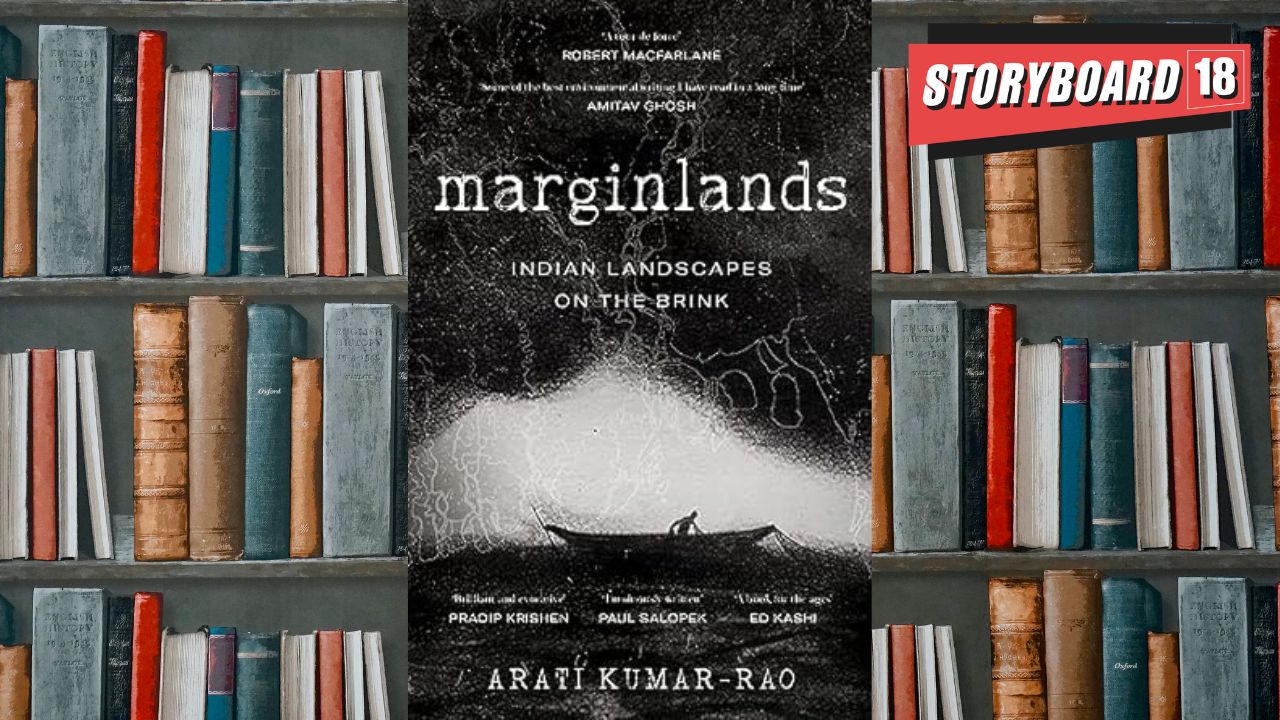THE LEGACY OF LANDSCAPES LOST
As we wean off the women’s day celebrations, its time to celebrate a traveller-writer of great distinction, Arati Kumar Rao. Her book Marginlands reminded me of another book we had reviewed in 2022, Wild Wisdom by Christine-Amour-Levar, a forceful plea to save nature.
If you rush through Marginlands, you will definitely miss the woods for the trees. Because Marginlands is not about geography alone; it is about the people, the microhabitats and any aspect of a place that we don’t pay attention to. Something that is on the margins of our attention; a place and people that are endangered and on the brink; even though we don’t see it clearly.
Here are our five Bookstrapping insights:
1. What places the author in a position to write such an intense book? Arati Kumar-Rao is an environmental photographer, writer, artist and NatGeo Explorer and has become an active voice in the environmental storytelling space in India. She expresses her surprise that despite all the marginalisation they experince, those who face the brunt of it seem to be full of hope!
2. The book captures the tumultuous lives – both human and non-human – of those who inhabit the margins of the subcontinent. And the author includes unusual suspects like Bombay too! How is a wealthy city like Bombay a Marginland? The author argues that many facets of Mumbai don’t really feature in mainstream conversation and how it continues to be a magnet for migrants despite being one of the cities that will be most affected by climate change.
3. Make no mistakes, this is not just a personal narrative but also a literary work. Poetry and prose collide and literary devices are aplenty- with alliteration framing curious chapter titles such as ‘The Farakka Folly’ and ‘The Fleeting Flash of Fin’ and an interesting hyperbole in ‘A Coup on The Roof of the World!’
4. The author uses several examples to suggest that if only we ‘walked a problem back in history’ to determine is origins, we would find the solutions. This would prevent ‘interlopers’ from using marketing and propaganda to usurp the narrative and destroy the ecology and livelihood supported by that place.
5. The book is a delightful weave of history, ecology, society and emotion.Arati slowly but surely builds empathy with the characters in the book. The relationships that she has built, transmit to the author, even as she argues about how decisions about ‘places’ are invariably made by people who sit so far away that they’re unconnected to the ground reality.
In essence, this book tugs at your conscience. Arati quotes American ecologist and writer Also Leopold in saying, “Civilization has so cluttered this elemental man-earth relationship with gadgets and middlemen that awareness of it is growing dim. We fancy that industry supports us, forgetting what supports industry.”
Time to put that thinking cap on!
Reeta Ramamurthy Gupta is a columnist and bestselling biographer. She is credited with the internationally acclaimed Red Dot Experiment, a decadal six-nation study on how ‘culture impacts communication.’ On Instagram @OfficialReetaGupta.
Read More: Bookstrapping: The W factor in literature
